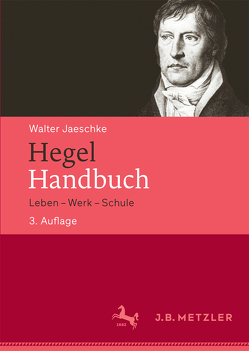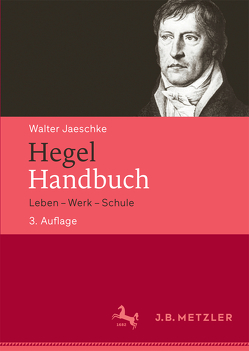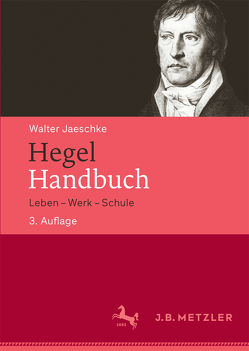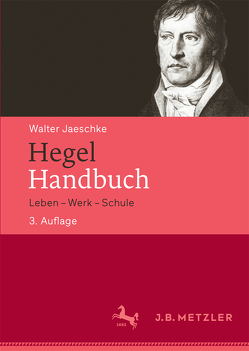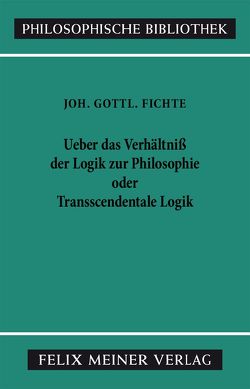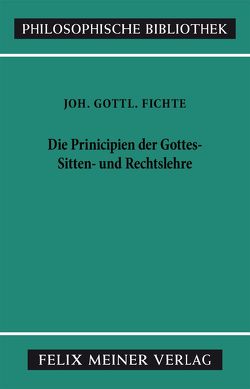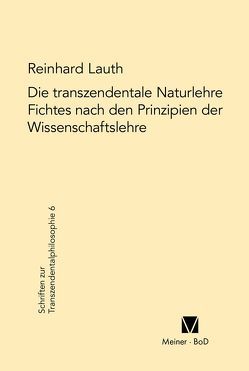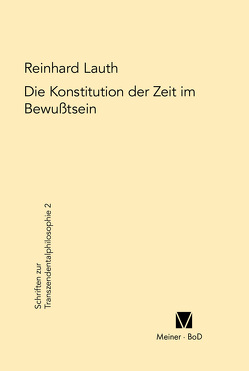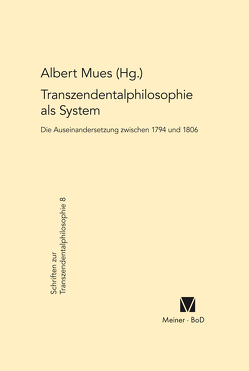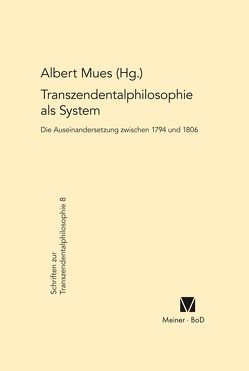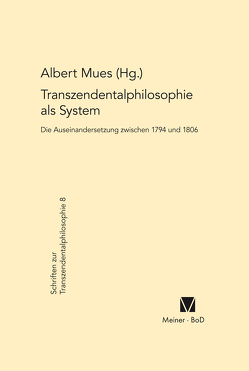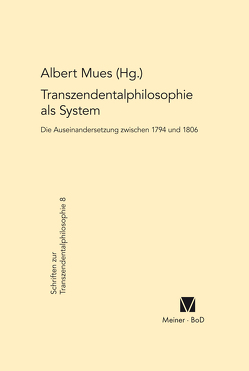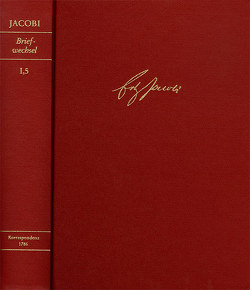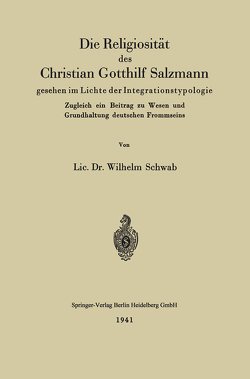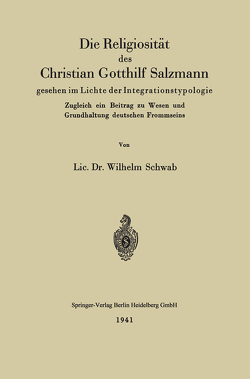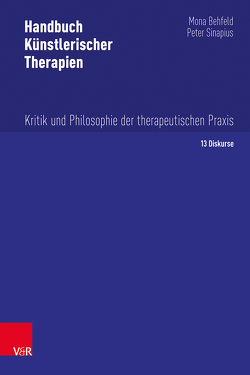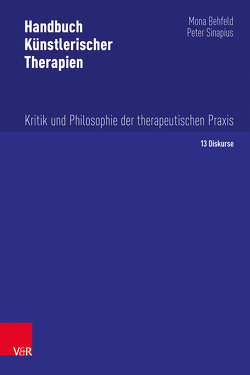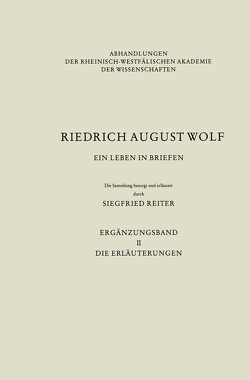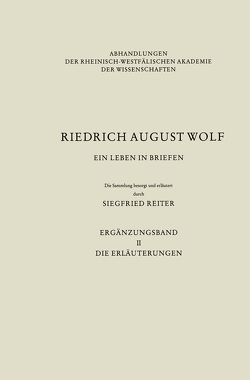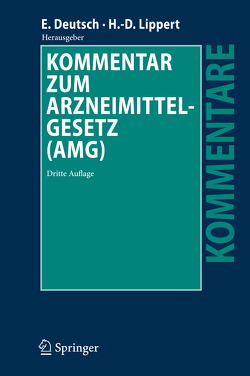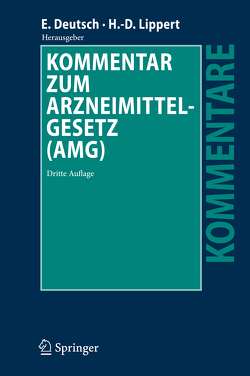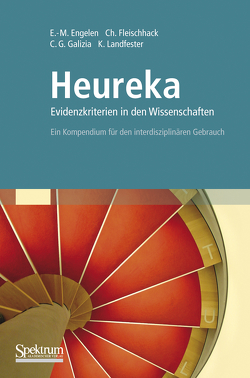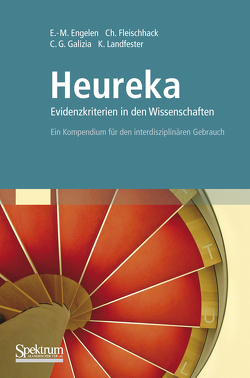Friedrich Heinrich Jacobi: Briefwechsel – Nachlaß – Dokumente / Briefwechsel. Reihe II: Kommentar. Band 3: Briefwechsel 1782–1784
Nr. 751-1107. Gefördert von der Bayerischen Akademie der Wissenschaften
Michael Brüggen, Friedrich Heinrich Jacobi, Walter Jaeschke, Reinhard Lauth, Albert Mues, Gudrun Schury, Siegfried Sudhoff
Der Kommentar zum dritten Textband zeigt noch deutlicher als die Briefe selbst, daß Jacobi (1743-1819) das vom Absolutismus geprägte politische Geschehen aufmerksam verfolgt und in anonym erscheinenden Schriften die unumschränkte Gewalt der Fürsten kritisiert. Im Frühjahr 1783 beschäftigt ihn dann Spinozas fast vergessene, bündige Destruktion traditioneller metaphysischer Vorstellungen. Der vorliegende Band stellt die damals auf-sehenerregende Korrespondenz wieder in ihren chronologisch-biographischen Zusammenhang und macht sie damit vielfach überhaupt erst ver-ständlich. Neben den großartigen Schilderungen Wilhelm Heinses bildet der Briefwechsel mit Johann Georg Hamann das Kernstück der Ausgabe. – Wie die früheren Briefe werden auch diejenigen des dritten Textbandes sorgfältig erläutert. Orts-, Sach- und Personenregister erschließen sowohl den Text- als auch den Kommentarband.
The commentary on the third volume of texts shows even more clearly than the letters themselves that Jacobi was attentively following political events which were under the influence of absolutism and criticized the absolute power of the rulers in writings which were published anonymously. In the spring of 1783 he was occupied with Spinoza’s almost forgotten, succinct destruction of traditional metaphysical concepts. In this volume, the correspondence, which caused a sensation at that time, is presented again in its chronological and biographical context, in many cases rendering it comprehensible for the first time. In addition to Wilhelm Heinse‘s brilliant descriptions, the correspondence with Johann Georg Hamann is the core of this edition. The letters of the third volume are carefully annotated, as are the other letters, and indexes of places, subjects and persons make the volume of texts as well as the volume of annotations accessible.









